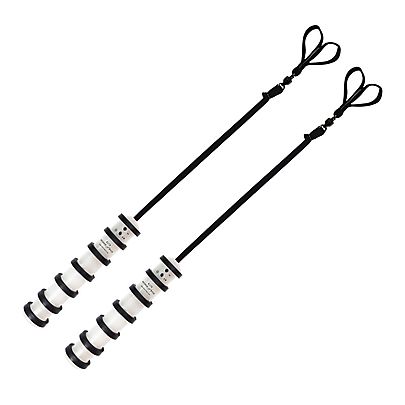Lernen Poi History - Poi-E - a classic kiwi POI song and story
History and Culture - Poi-E - a classic kiwi POI song and story
45,274 views Video DownloadHOP • Published on 30 Apr, 2013
Nächster Article
Poi E
Poi-E was born in 1982 from a collaboration between Maori linguist Ngoi Pewhairangi and musician Maui Dalvanius Prime. They wanted to connect "modern urban Maori" to their roots. Poi-E was one of the first songs from their collaboration which went on to become a "Kiwi classic" and formed the central theme of a musical that toured the world.
A kiwi classic that New Zealand's Prime Minister Helen Clark stated was her favourite song of all time! It is indeed, a joyful and catchy tune, well suited to poi twirling.
Poi-E (Maori):
E rere ra e taku poi porotiti
Titahataha ra, whakararuraru e
Porotakataka ra, poro hurihuri mai
Rite tonu ki te tiwaiwaka e
Ka parepare ra, pioioi a
Whakahekeheke, e kia korikori e
Piki whakarunga ra, ma muinga mai a
Taku poi porotiti, taku poi e!
Poi E, whakatata mai
Poi E, kaua he rereke
Poi E, kia piri mai ki au
Poi E, e awhi mai ra
Poi E, tapekatia mai.
Poi E, o taua aroha -
- Poi E - paiheretia ra.
POI... TAKU POI, E!
Poi E (English):
Swing out rhythmically, my feelings
lean out beside me, so deceptively.
Swing round and down, spin towards me
just like a fantail.
Swing to the side: swing to and fro
zoom down, wriggle,
climb up above, swarm around me
my whirling emotions, my poi, Yeah!
Oh my feelings, draw near,
Oh my poi, don't go astray
Oh my affections, stick to me
Oh my instincts, take care of me
Oh my emotions, be entwined around me.
Oh poi, our love...
Oh poi ...binds.
Poi.... my poi, yeah!
Why poi? - A protective symbol...
The twirling poi is often used as a symbol of a young woman's affections. They are volatile, but with some energetic training, they protect her from danger.
Ngoi also said she likened the poi, which is like the fantail that flies through the forest, to Maori youth trying to find their way in the concrete jungle of the Pakeha (European people). Just like the fantail which has to flit between trees and leaves, Maori youth have to flit between skyscrapers, both concrete and cultural, and still search for identity.
The song Poi-E written in 1982, became a runaway hit record in 1984 spending 22 weeks on the NZ charts including 4 weeks at Number 1, and Ngoi and Dalvanius went on to create a Poi E musical.
The musical that came from the collaboration, is about the fall in fortunes of the town of Patea due to the closure of the meat processing works ("Freezing Works") which was the towns major source of employment. Patea is a small, rural, town and was mainly populated by Maori. The story showed what happened to rural Maori who drifted to the "bright lights of the big cities", many of who fell into hard times and bad ways. It tried to teach how Maori needed to navigate the cultural diversity between their heritage and the modern (English) world.
Patea was Dalvanius' home town, and the Patea Maori Club was the group Dalvanius chose to record the song. The Group went on to take the song and show that grew around it on a worldwide tour - a surprising achievement at the time.
It is quite possible that Poi E was a key part of the vehicle that kick-started a return to the roots for Maori who were struggling to have their youth retain an interest in Maori language and culture, and it is therefore with great pleasure we present the story here.
The poi are indeed a worthy symbol for our modern times.
In compiling this article, a number of Internet resources have been utilised, however, the NZ Folk Song site here appears to have been a major source for many of the references found.



